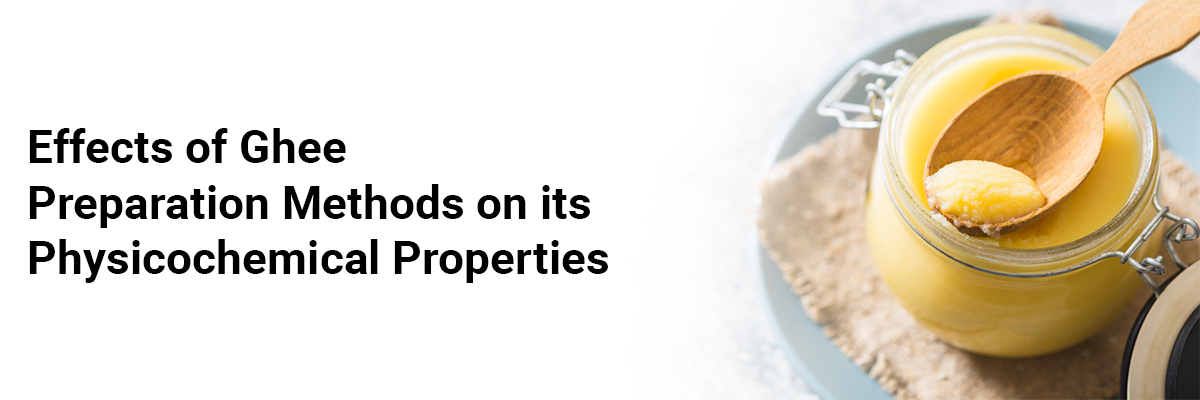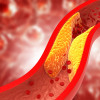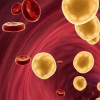
Effects of Ghee Preparation Methods on its Physicochemical Properties
Ghee, a clarified butter commonly used in South Asia, is distinct from butter and oil due to its unique properties and uses in both culinary and medicinal contexts. Ayurveda regards ghee from cow milk as beneficial for memory, digestion, and mental clarity, with long-aged ghee believed to hold additional therapeutic properties for skin and internal health.
Ghṛta mūrcchana – an Ayurvedic purification process for ghee, aims to enhance its properties to render mūrcchita ghŗ̥ta before preparing siddha ghṛta––medicated ghee. The aim of a study was to examine the effects of ghṛta mūrcchanaon the physicochemical characteristics of ghee – comparing standard and mūrcchita ghṛta.
For this study, ghee samples and mūrcchita ghṛta were derived from local Pahadi, Jersey, and Holstein cow milk. Analytical methods included Fourier Transform infrared (FTIR) spectroscopy, differential scanning calorimetry, and free fatty acid quantification.
It was found that Holstein cow ghee had the lowest free fatty acid (FFA) content (1.34%), while the ghṛta mūrcchanaprocess further reduced free acid levels. Variations in melting points indicated polymorphism and the mūrcchita ghṛta samples generally had reduced solid fat content, suggesting high-melting compounds were converted to lower-melting ones.
The decrease in FFAs and solid fats following ghṛta mūrcchana supports the Ayurvedic concept that this process enhances ghee’s efficacy. The traditional preparation method involves fermenting boiled milk with Lactobacillus-rich curd, then churning to separate butter, which is simmered to produce ghee. Milk origin, processing methods, and storage affect ghee’s fatty acid profile and flavor, such as the yellow color from β-carotene in cow ghee.
Comparative analyses reveal that mūrcchita ghṛta generally contains lower FFAs than commercially available ghee. Further studies on fatty acid profiles and bacterial influences are necessary to fully understand ghṛta mūrcchana's long-term effects.
Source: Lamsal B, Bhandari TR, Panta P, et al. J Ayurveda Integr Med. 2020;11(3):256-260.








Please login to comment on this article